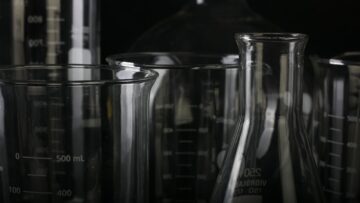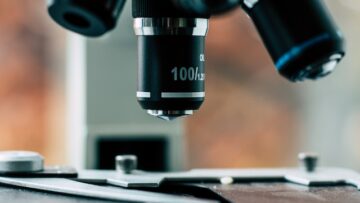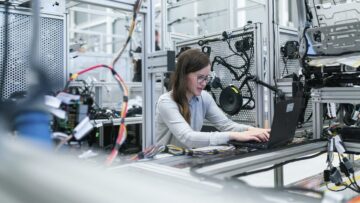Total national funding for research and development in the U.S. is growing every year and in 1996 amounted to 184.3 billion dollars. In 1997, this figure was expected to rise to $190 billion. At the same time, the share of total federal funding for R&D has been decreasing: in 1978 it was below 50 percent, and in 1996 it was only one third of total funding. Industrial investment, on the other hand, has been growing each year: from 60 percent in 1996, it was 85 percent in 1997. Given the intensive growth of industrial production, this trend should continue in the coming years.
At the same time, for basic sciences the federal government was and still is the main source of money, 60% of which goes to universities and colleges. Industry’s contribution to basic research funding is estimated at only 23%, with the National Science Foundation estimating that industry mostly funds research aimed at understanding problems related to potential products and processes.
Chemistry research spent $773 million in 1995–a 1.6% increase over the previous year–with the Federal Government’s share of the funding being quite large–69% ($535 million). In chemical engineering, $296 million was spent on research and development in 1995, a 5.7% increase over 1994, with the Federal Government’s share here increasing by 7.3% to $161 million.
The total number of chemistry graduates in 1995 fell by 1 percent, and the number of chemists earning phD degrees fell by 3.4 percent. In the same year, 9,772 students earned bachelor’s degrees in chemistry and 5,901 in chemical engineering.
The largest employer of chemists in the United States is the pharmaceutical industry, followed by specialty chemical companies, but the highest salaries for chemical scientists with phDs are paid by the oil and electronics industries.
Money from chemical and pharmaceutical companies make up a very large part of total U.S. industrial R&D funding: in 1995, $17.3 billion, or 13%, of which $10.2 billion was invested by pharmaceutical companies. According to the Department of Patent and Trademark Office, the number of patents granted in 1996 to leading U.S. pharmaceutical companies increased by 26% over 1995. Leading chemical firms received 8 percent fewer patents. In terms of innovation, the National Science Foundation rates U.S. companies as “above average.” About one-third of the 1,000 U.S. industrial firms surveyed have either recently introduced a new product or process or are preparing to do so. Analysts note that innovative companies are more efficient at exporting products. The champions of innovation are manufacturers of computer hardware and precision instruments and equipment, with innovator firms accounting for 84% and 74%, respectively.
U.S. science, perhaps, has the brightest prospects among industrially developed countries. According to the Organization for Economic Cooperation and Development, while the United States spent $179.1 billion on R&D in 1995, Japan spent only $76 billion and Germany $38.1 billion. True, in per capita spending, Japan ($607 per capita) is not far behind the United States, which spent $681 per capita in 1995. If we consider R&D funding as a share of GNP, Japanese funding is even larger than in the U.S.: In 1995, the U.S. spent 2.58 percent of its GNP on science, while Japan spent 2.78 percent.
Scientists in other nations are already “stepping on the toes” of the U.S.: According to the Philadelphia Institute for Science Information, the percentage of U.S. publications in the total number of scientific papers filed with the institute fell from 40.5 percent in 1981 to 36.5 percent in 1996. The percentage of articles by European Union scientists, on the other hand, increased from 30.5 percent to 36.2 percent over the same period. Of course, the number of European Union countries also increased during this period. Meanwhile, the share of publications by scientists from the Asia-Pacific region increased even more markedly, from 12.8% to 18.8%.
If you compare the number of people working in science for every 10,000 people, the number is higher in Japan than in the USA: 79.6 compared with 74.3. But overall, America still has the largest number of scientists and engineers working in R&D in the world, roughly 963,000.





